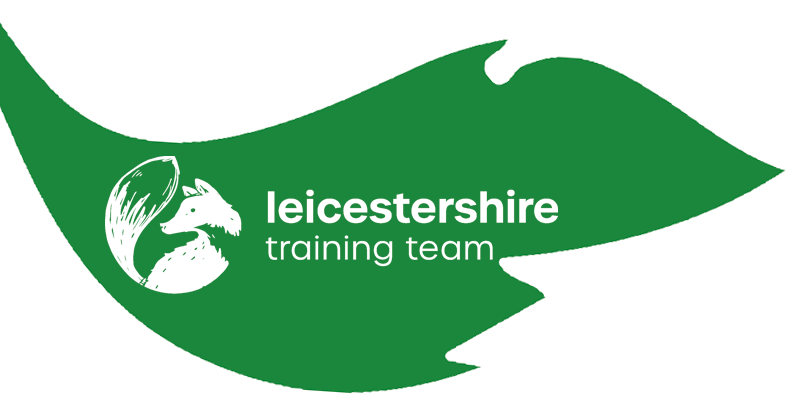A Comprehensive Guide to PEG Feeding Training: Answers to Common Questions
Posted on 11th March 2024
When it comes to providing nutrition to patients who are unable to eat by mouth, Percutaneous Endoscopic Gastrostomy (PEG) feeding has become a common and effective solution in the UK. PEG feeding involves the insertion of a tube directly into the stomach through the abdominal wall, allowing for the administration of liquid nutrition, medications, and fluids.
However, PEG feeding requires proper training and understanding for both carers and service users. In this blog post, we will address common questions related to PEG feeding. We also have a blog on What is PEG Care Training which can also help you understand you're role in providing adequate care.
Lets get straight to it!
Can Carers Administer PEG Feeding?
Yes, carers can setup and do PEG feeding, but it is crucial that they receive appropriate training and guidance from healthcare professionals before doing so. PEG feeding requires a good understanding of the equipment involved, hygiene practices, and the person's specific needs. This training is typically provided by a registered nurse or dietitian, who will educate caregivers on:
Assembling and cleaning the PEG tube and feeding equipment, such as a giving set, Infinity Flowcare Pump and enteral syringes.
Proper handling and storage of liquid nutrition, medications, and supplies. Dieticians may not be able to provide training or advice on medication, however a pharmacist or nurse will be able to.
Administering the feed and maintaining the person's feed regime.
Recognising and managing potential complications or issues such as infections or blockages.
Maintaining hygiene to prevent infections.
It's essential for carers to feel confident and competent in PEG feeding to ensure the person's well-being.
Do Patients Go Home with PEG Tubes?
If there aren't any other underlying issues, it is common for people to return home with PEG tubes. The decision to discharge a person with a PEG tube depends on their specific medical condition and plan of care. If the person requires assistance with personal care and mobility, they may still be able to return home, or a care home maybe seen as more appropriate. Before sending a person home with a PEG tube, the discharge team will:
Assess the person's readiness for home care, considering factors like the person's medical condition and how this affects their ability to look after themselves and their PEG tube.
What education both the person and any carers need regarding the PEG tube, including cleaning, flushing, and feeding techniques.
Provide clear instructions on when and how to contact healthcare providers in case of complications or emergencies.
Individual's and carers must follow these instructions diligently to ensure the PEG tube functions correctly and to prevent infections or other issues.
Can PEG Tube's Come Out?
Although not that often, PEG tubes can fall out or come out of place, leaving a hole in the person's stomach. This is not seen as a medical emergency by paramedics as the person's life is not at risk. Depending on the county, a specialist team of nurses, often call HENs (Home Enteral Nutrition Service) are trained to reinsert the PEG tube. Often care staff are also trained to insert an emergency PEG tube back into the person and then call the specialised team out. This is because the hole in the stomach will start to close and if it closes too much, the nurse won't be able to reinsert another PEG tube. This will result in the person needing to undergo the operation again to have the PEG reinserted into their stomach.

What Can Go Wrong With a PEG Tube?
Usually, PEG's are low maintainence and simple things to use, however, like everything, they can have complications. These can include:
Soreness around the PEG tube causing bleeding, redness, and secretions.
Infections to the PEG site causing pain, discharge, possible bleeding and malodour.
Becoming blocked by feed or medication.
Leaking around the PEG site. This is when the feed or flush is come out around the PEG. This is usally due to the PEG hole becoming larger, an infection or if the PEG tube is too small.
Overgranulation of the PEG site. This is quite common and happens when the skin tries to close the hole where the PEG tube is. Rotating and moving the PEG tube in and out once a day will normally stop this from happening.
Almost all of the above issues can be avoid or resolved should proper PEG care be undertaken by the person or a carer. If great training comes great practices, and with great practices comes great care. You can find out more about our PEG Care training here.

We hope this has been useful for you and answered any queries or concerns you've had about PEG care and administering feed via a PEG.
Free feel to check out our other blogs for more information about a whole range of topics.
Care Planning & Risk Assessment Course

Care planning and risk assessing is an essential part of delivering any care, especially culturally appropriate care. Click the link below to head to our course page!
End of Life & Communication Course

Getting it right is never more important than at the end of a person's life. This course helps you and your team to prepare and get it right.
Person Centered Care & Dignity

If you would like training on the most essential area of care, this course is for you. Transform your staff's understanding and develop them to be able to deliver culturally appropriate care.
Share this post:







